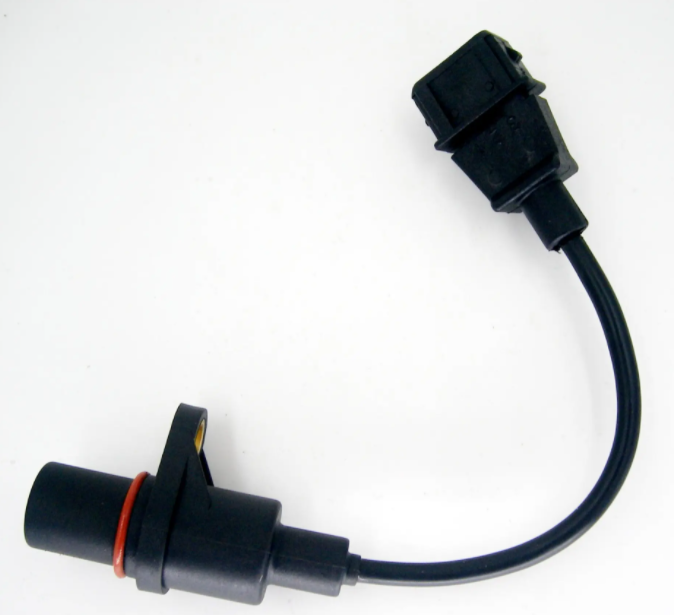When it comes to optimal engine performance, knowing where the crankshaft sensor is located is crucial. The crankshaft position sensor (CPS) plays a vital role in monitoring the engine’s rotational speed and position, which in turn helps with ignition timing and fuel injection. But where is the crankshaft sensor located, and how can you access it?
The location of the crankshaft sensor may vary depending on the vehicle’s make and model. Generally, the CPS can be found near the engine’s crankshaft pulley or the harmonic balancer. It may also be positioned near the flywheel, transmission bell housing, or engine block. Refer to your vehicle’s service manual for the specific location.

The crankshaft position sensor’s primary function is related to what the crankshaft does. The crankshaft, a central engine component, converts the reciprocating motion of the pistons into rotational motion, which drives the vehicle. The CPS is responsible for monitoring the crankshaft’s speed and position, providing the engine control module (ECM) with critical data to optimize engine performance.
A high-quality billet crankshaft can significantly improve your engine’s performance and longevity. These components, made from a single piece of metal, offer strength and durability that surpass those of cast or forged crankshafts. Learn more about billet crankshafts and their benefits for your engine.
-scaled.jpg)
If your engine is stuttering, misfiring, or displaying poor performance, a faulty crankshaft position sensor could be the culprit. To diagnose and tackle this issue, check out Is Your Engine Stuttering? Identifying and Tackling a Bad Crankshaft Position Sensor for expert advice and tips.
In conclusion, knowing where the crankshaft sensor is located is essential for engine maintenance and troubleshooting. By understanding the critical role the CPS plays in engine performance and monitoring, you can ensure your vehicle continues to operate smoothly and efficiently.